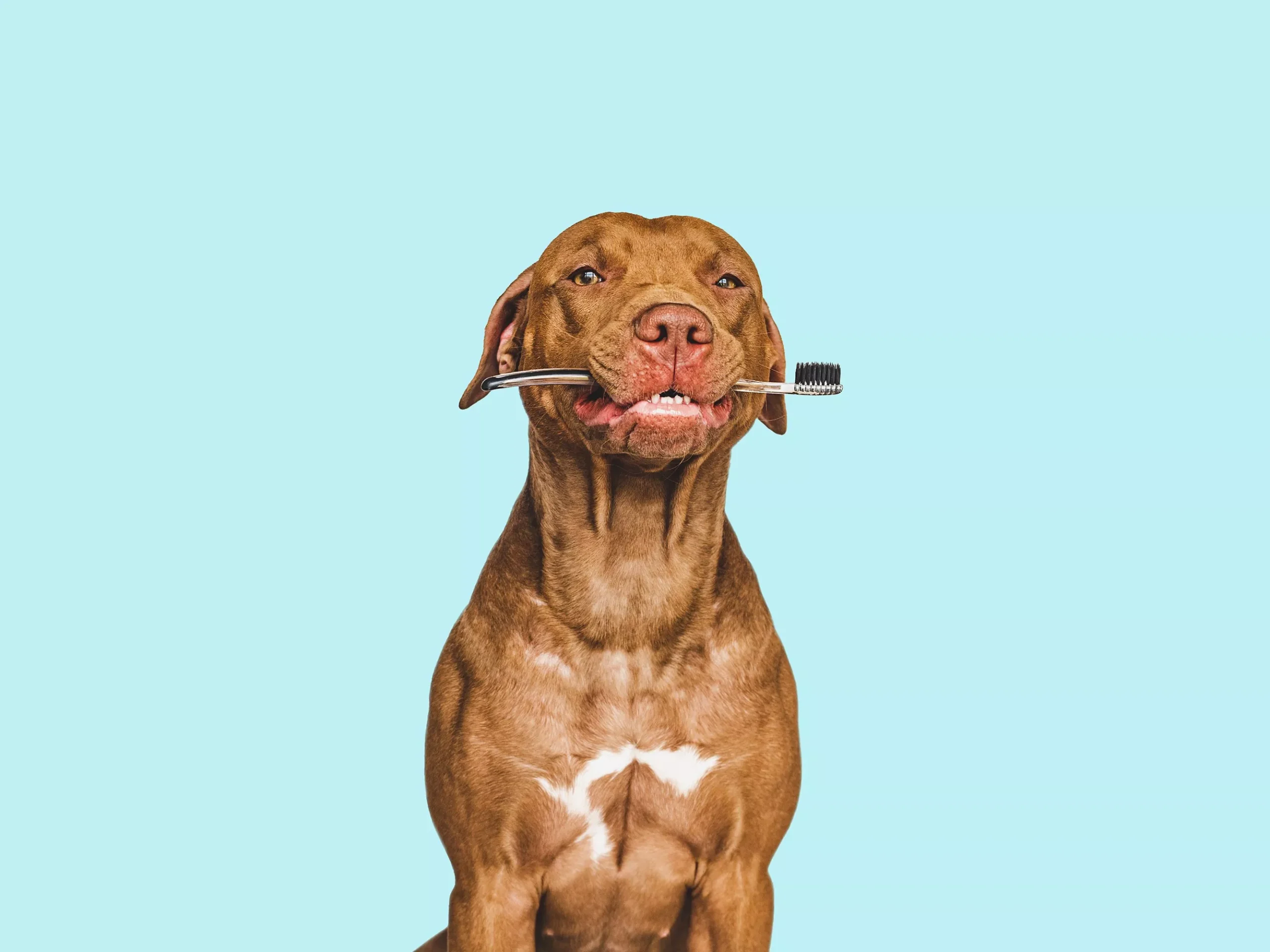Can Pet Insurance cover dental cleaning?
Can Pet Insurance cover dental cleaning?
*iSelect’s partnered with Choosi Pty Ltd to compare a range of pet insurers and policies. Not all policies are available at all times or in all areas. Our advice on this website is general in nature and does not consider your situation or needs. Consider if any advice is appropriate for you before acting on it. Learn more.
Easily compare Pet Insurance
We’ve partnered with Choosi to help you compare pet insurance policies.*
What happens if I don’t regularly take my pet for dental cleaning?
Is dental cover included in standard policies?
Where can I get dental cover for my pet?
How can I look after my pet’s dental health?
One routine act of care that is generally not always automatically covered is dental cleaning.
Read on to learn more about dental cover and how to keep your pet’s teeth healthy.
Shape If you’ve been thinking about taking out Pet Insurance for your pet, you might be wondering about what exactly is and isn’t covered, especially something like dental cleaning.
What happens if I don’t regularly take my pet for dental cleaning?
According to the Australian Veterinary Association, dental disease is one of the most common problems diagnosed in pets. 1https://www.vetvoice.com.au/media-releases/dental-disease-in-80-of-dogs-and-cats-over-age-3/
Australian vets have found that 80% of cats and dogs over the age of three years show some level of dental disease.
If you don’t regularly take your pet for a check-up and dental clean, then the decay that can build up in their mouth could affect the rest of their body, too.
This is because the toxins from dental diseases can travel through the bloodstream and affect internal organs such as the kidneys, liver, and the heart. 2https://kb.rspca.org.au/knowledge-base/how-should-i-take-care-of-my-cat-or-dogs-teeth/
This can lead to further complications for your pet, and at the end of the day, higher expenses for you to help them recover.
Is dental cover included in standard policies?
Not all providers offer this type of cover, so it’s important to keep an eye out for it when comparing policies. Some providers include routine dental care or check-ups and cleaning only as part of their policies, while others offer it as an add-on.
Most policies won’t cover dental disease or fracture even if due to an accident so it is important to ensure you read the PDS.
Having dental cover as a part of routine care in this scenario can help you pay for the costs of cleaning and maintenance of your pets teeth and potentially avoid the need for expensive extraction or reconstruction due to decay.
Where can I get dental cover for my pet?
Some insurers offer a routine care cover package, or an annual benefit payment that could go towards dental cleaning treatments.
This may be included as a standard policy feature or available as an optional additional cover for an extra premium. Consider whether it may be worth paying a slightly higher premium to get cover for regular dental care for your pet.
With dental disease being rife among cats and dogs in Australia, it’s a cost that could be well worth paying for.
How can I look after my pet’s dental health?
While it’s easy enough to look after our own dental health, our pets can’t tell us if their teeth or gums are hurting or inflamed. Tooth decay, gum decay, or abscesses can go unnoticed until the pain becomes unbearable for your pet to the point where they stop eating.
To avoid these scenarios, follow these tips so you can take good care of your pet’s dental health:
- Don’t feed them sugary foods
Avoid giving them anything sweet, as sugary foods can not only be bad for their stomachs, but their teeth and gums. - Clean your cat’s or dog’s teeth yourself
If your cat or dog is a kitten or puppy, then it’s best to start brushing their teeth yourself so they get used to it as early as possible. Make sure to use the correct pet toothpaste and not a human paste. - Attend annual dental check-ups
An annual dental check-up and deep clean by the vet is as important for your pet as it is for you. It can pick up minor problems such as early-stage gingivitis or tartar build-up and deal with them before they worsen and become uncomfortable (and expensive to fix!). - Review pet dental care guidelines
Vet Voice, a part of the Australian Veterinary Association, offers a resource where you can learn more about maintaining your pet’s dental health.
For example, as you brush your pet’s teeth, you may also want to inspect their mouth for any signs of dental disease, such as:
- Bad breath
- Tartar build-up on their teeth
- Swollen, reddened or bleeding gums
- Broken teeth
- Reluctance to eat harder foods
- Evidence of pus near the gums
With all of this in mind, even if you consistently do the right things to look after your pet, unexpected medical issues can occur from an illness to an injury due to an accident. This is where Pet Insurance can help provide financial cover and peace of mind.
Where can I compare policies?
With iSelect you can compare Pet Insurance quotes side by side from a range of insurance providers and policies*. See if you can find a better deal on your policy by comparing online today, or calling us on 13 19 20.
Last Updated: 02/06/2022

.svg)




